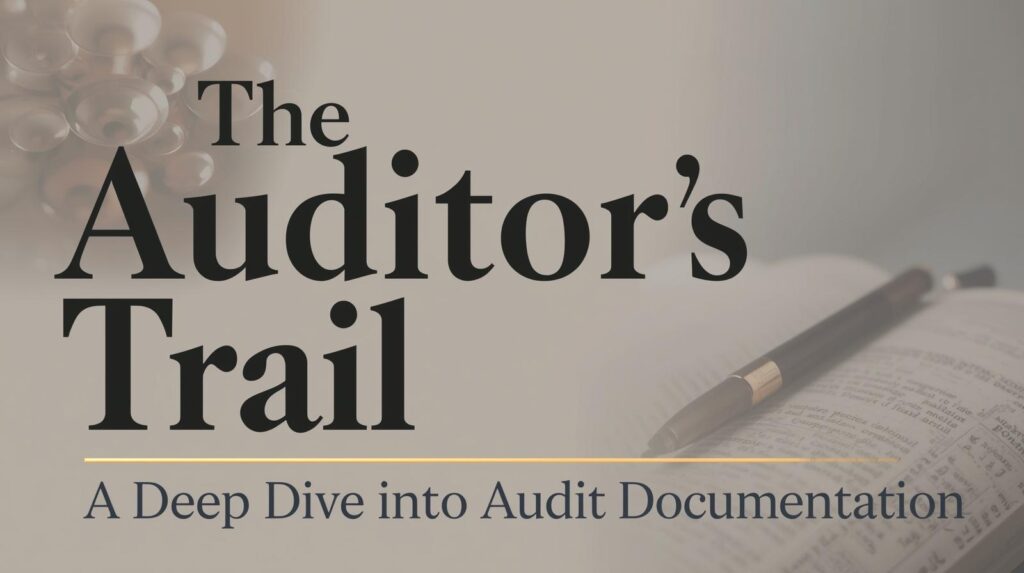The Unseen Framework: Roles of Accounting Standards & Why They Matter
Imagine trying to play a game of football where one team follows NFL rules, another uses college rules, and a third just makes things up as they go. The result would be chaos, confusion, and a complete inability to tell who is winning. The world of finance and business would be just as chaotic without a common set of rules. Those rules are accounting standards, and they are the unsung heroes of the global economy.
Accounting standards are the official, authoritative set of principles, rules, and procedures that define how financial transactions are recorded, measured, and presented. They are the common language that allows investors, lenders, managers, and regulators to understand and compare financial information across different companies and industries. This guide will explore the essential roles of these standards, their key benefits, and why they are a non-negotiable pillar of a trustworthy market economy.
Key Roles at a Glance
Comparability
Ensures that financial statements from different companies can be compared on an “apples-to-apples” basis.
Transparency
Requires companies to disclose the details behind the numbers, providing a clear and complete financial picture.
Credibility
Builds trust among investors and lenders by ensuring financial information is reliable, verifiable, and prepared consistently.
Consistency
Mandates that a company uses the same accounting methods from one period to the next, allowing for meaningful trend analysis.
Why Do We Need Accounting Standards? A Tale of Two Worlds
To truly grasp their importance, let’s imagine a world *without* them. Company A values its inventory one way, while Company B uses a completely different method. Company C decides not to report a major lawsuit it’s likely to lose. An investor looking at these three companies would have no way to make a fair comparison. Financial statements would be a chaotic mix of subjective judgments and hidden information. Trust in the market would evaporate, capital would be harder to raise, and economic growth would grind to a halt.
Accounting standards prevent this chaos by creating a standardized framework for financial reporting. It’s important to distinguish this from the initial data entry. The day-to-day recording of transactions is governed by the rules and procedures outlined in the definition of bookkeeping. Accounting standards, however, govern how that bookkeeping data is aggregated, summarized, and presented in official financial statements like the income statement and balance sheet.
The Standard Setters: Who Makes the Rules?
In the United States, the primary accounting rule-making body is the Financial Accounting Standards Board (FASB). The FASB develops and issues the set of standards known as the U.S. Generally Accepted Accounting Principles (U.S. GAAP). Publicly traded companies in the U.S. are required by the Securities and Exchange Commission (SEC) to follow U.S. GAAP.
Globally, many countries have adopted a different set of standards issued by the International Accounting Standards Board (IASB). These are known as the International Financial Reporting Standards (IFRS). While there has been a significant effort to converge the two sets of standards, key differences remain.
| Aspect | U.S. GAAP (FASB) | IFRS (IASB) |
|---|---|---|
| Approach | More “rules-based.” Provides detailed, specific rules for how to account for transactions. | More “principles-based.” Provides a broader framework and relies more on professional judgment. |
| Inventory Valuation | Allows for the LIFO (Last-In, First-Out) method, in addition to FIFO and weighted-average. | Prohibits the use of the LIFO method. |
| Development Costs | Generally expensed as incurred. | Allows for the capitalization of certain development costs once specific criteria are met. |
The Core Benefits: Who Gains from Accounting Standards?
The positive impact of accounting standards radiates outward, benefiting a wide range of stakeholders in the economy.
Investors & Analysts
For investors, standards are the bedrock of decision-making. They provide the reliable, comparable data needed to assess a company’s profitability, health, and risk. Without standards, investment analysis would be little more than guesswork, and capital would not flow efficiently to deserving companies.
Lenders & Creditors
Banks and suppliers use standardized financial statements to evaluate a company’s creditworthiness. Standards give them confidence that the numbers they see—like cash flow and debt levels—are a fair representation of the company’s ability to repay its debts.
Company Management
While standards can feel restrictive, they also provide a clear framework for internal reporting. They help management benchmark their performance against competitors, make better-informed strategic decisions, and communicate their financial results to the board of directors and shareholders with clarity and confidence.
The Pillar of Trust: Reliability and Verifiability
One of the most crucial principles embedded within accounting standards is that financial information must be reliable and verifiable. This means the data presented must be free from significant error and bias, and that an independent party, such as an auditor, could trace the numbers back to their source and come to the same conclusion.
This principle starts at the most granular level. For the “Cash” line item on a balance sheet to be reliable, the underlying bookkeeping records must be accurate. This is where fundamental procedures become critical. The process of regularly reconciling cash accounts against bank statements is a key internal control that ensures the data is verifiable. Understanding the benefits of bank reconciliation—from detecting errors to preventing fraud—is essential for appreciating how this ground-level task supports the high-level goals of accounting standards. When discrepancies arise, knowing the right bank reconciliation missing approach is a practical skill that directly contributes to the integrity of the final financial statements.
Frequently Asked Questions
Are accounting standards legally binding?
For publicly traded companies in the U.S., yes. The SEC legally mandates that they adhere to U.S. GAAP. For private companies, while not always legally required, following GAAP is considered best practice, especially if they plan to seek external funding or be acquired in the future. Lenders almost always require GAAP-compliant financial statements.
Why are there two major sets of standards (GAAP and IFRS)?
The two systems developed independently. U.S. GAAP evolved to serve the needs of the complex and highly litigious U.S. market, leading to its detailed, rules-based nature. IFRS was developed later with the goal of creating a single, high-quality set of standards for the global market, resulting in a more principles-based approach. While there is a long-term goal of convergence, differences remain due to legal, cultural, and economic factors in different parts of the world.
Do accounting standards ever change?
Yes, constantly. Standard-setting bodies like the FASB are always working to address new and emerging business issues. For example, they have had to develop new standards to account for complex financial instruments, stock options, and more recently, cryptocurrencies. This ongoing process ensures that the standards remain relevant in a rapidly changing business environment.
Conclusion: The Language of Business Trust
Accounting standards are far more than a dry set of rules for accountants to follow. They are the essential infrastructure that makes modern capitalism possible. By ensuring that financial information is comparable, transparent, and credible, they lubricate the wheels of commerce, reduce uncertainty, and foster the trust that allows investors to risk their capital and businesses to grow. While they may operate in the background, their role is central to a healthy and functioning economy. Understanding this framework is the first step to truly speaking the language of business.


